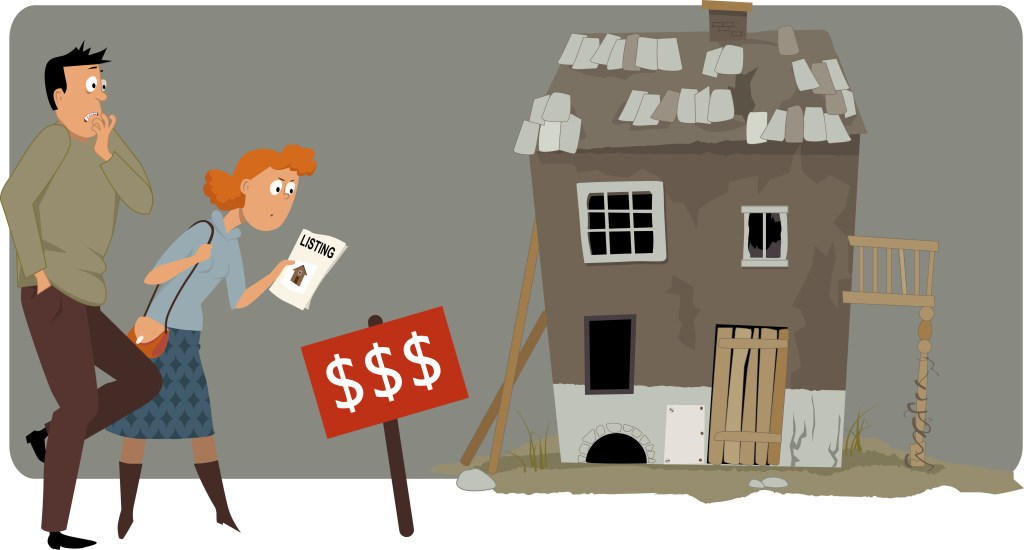Affordability Crisis
Toolkit for Development
While the ghosts of the last decade’s housing crisis have (mostly) been put to rest, for many families priced out of their local markets the need for affordable housing remains strong. Like the PC’s infamous “blue screen of death,” the Urban Institute’s map of affordable housing inventory is terrifying to behold. A handful of dark blue swatches in […]
